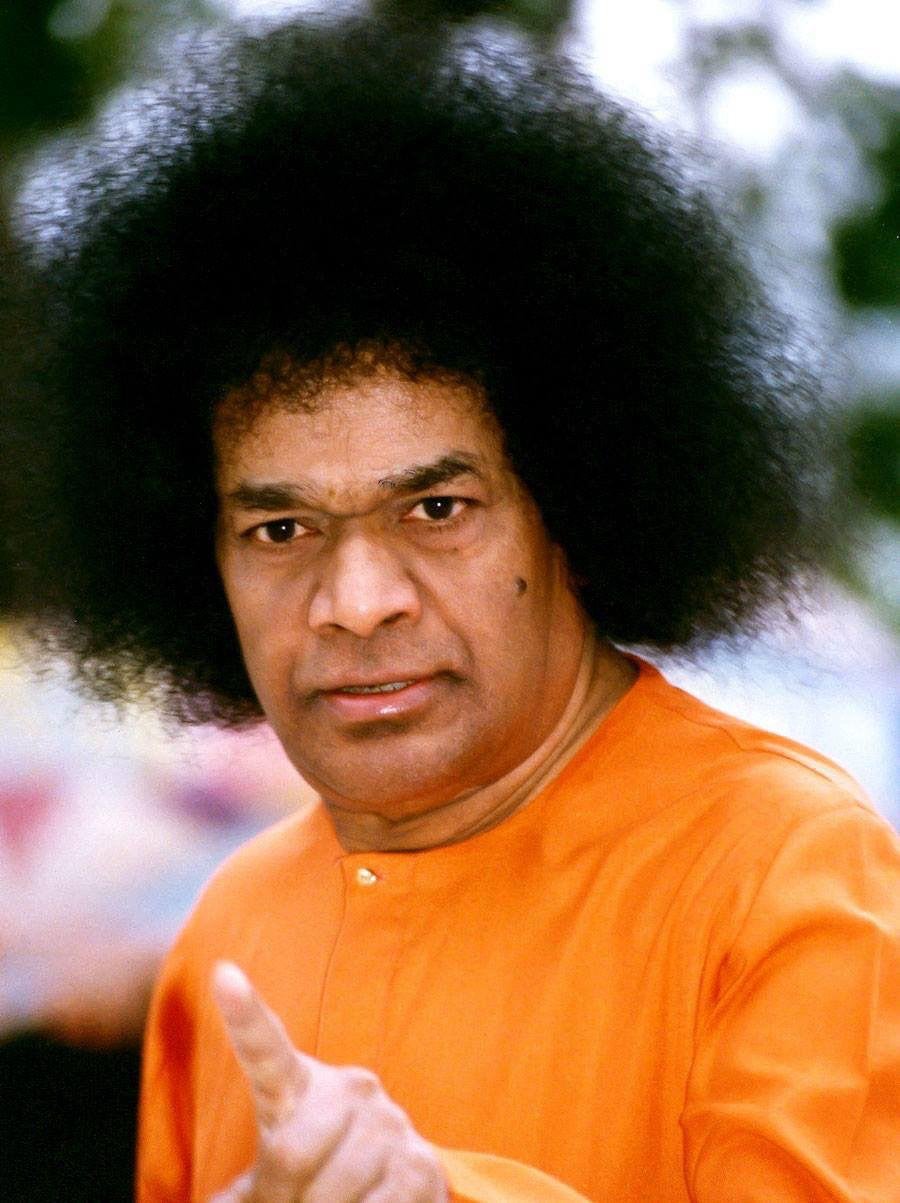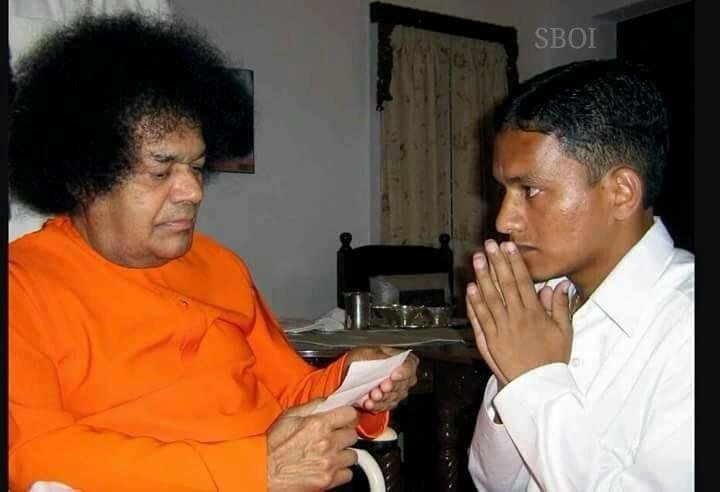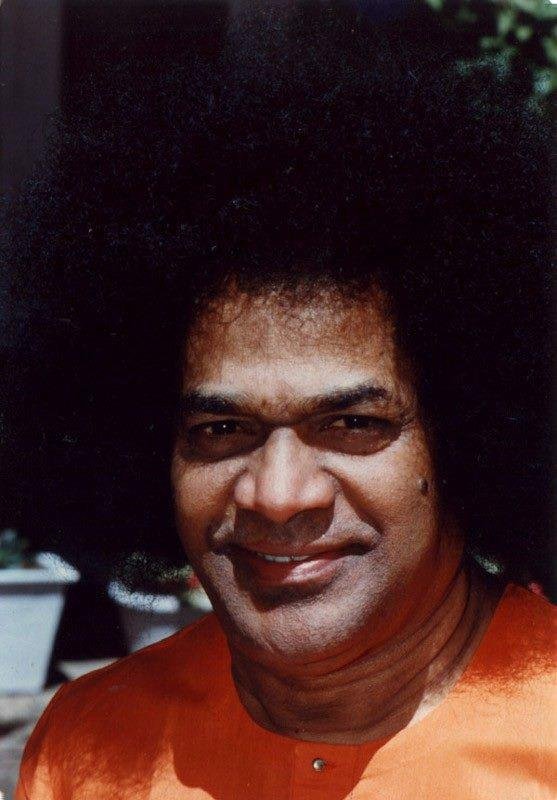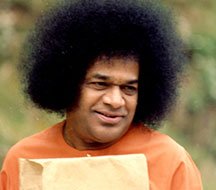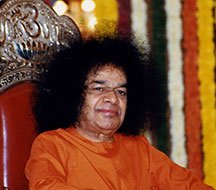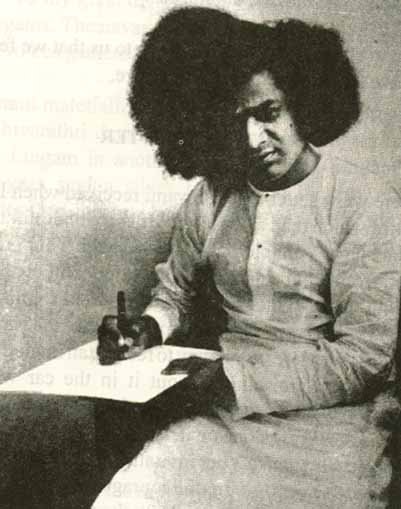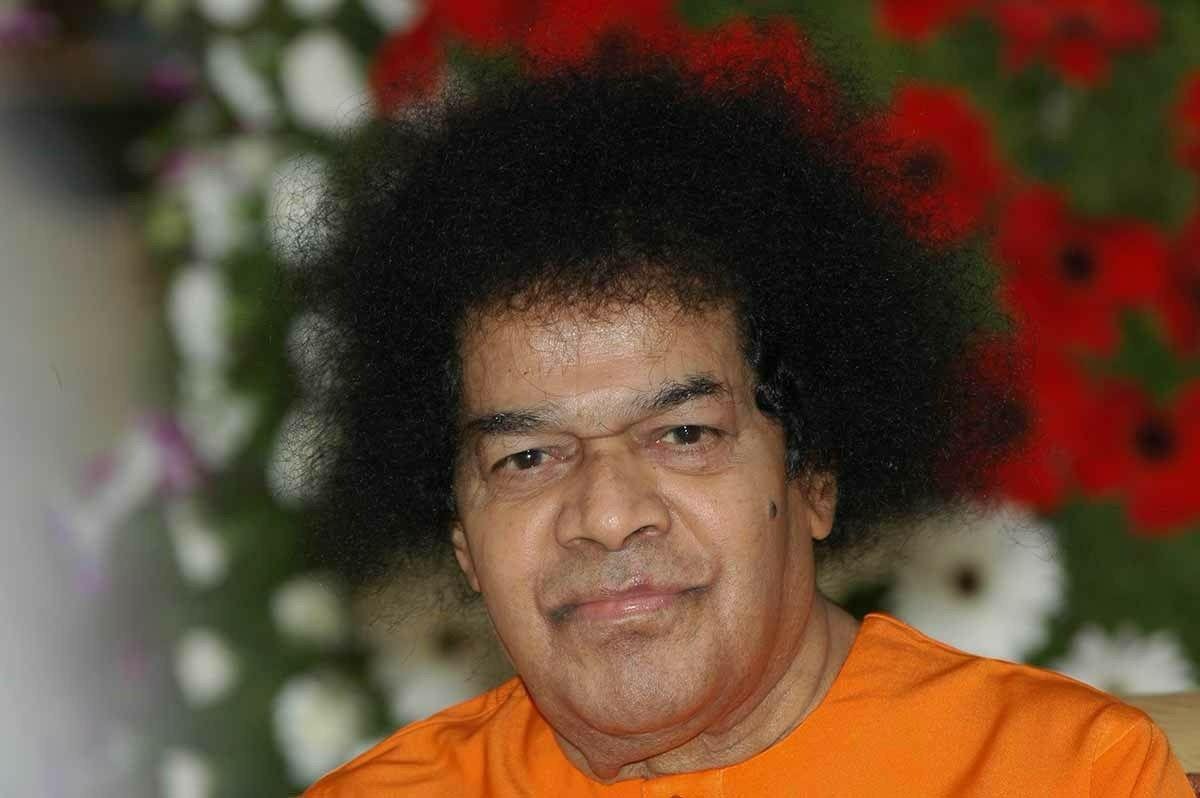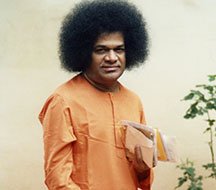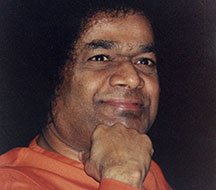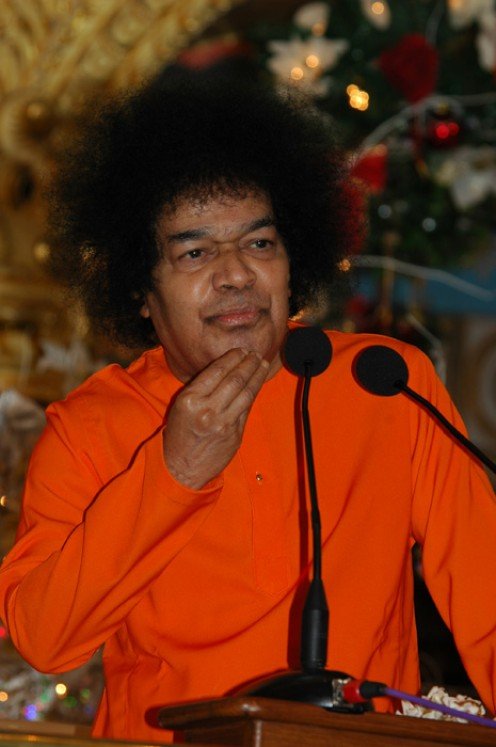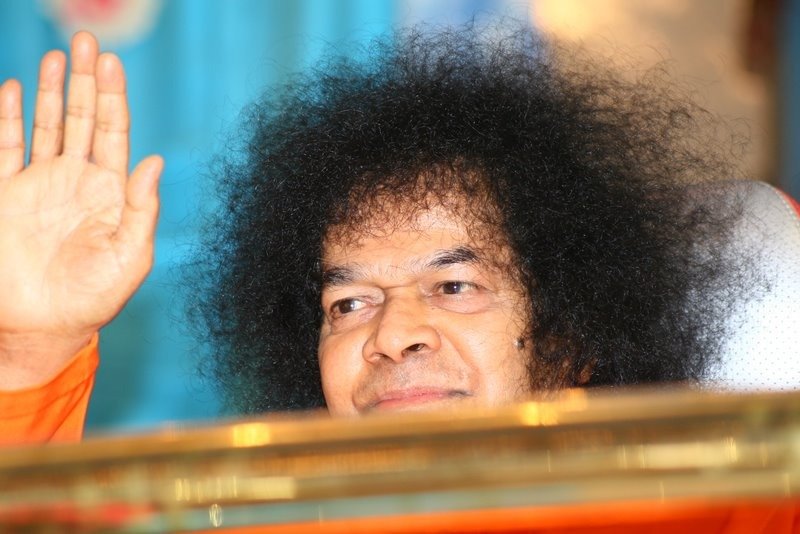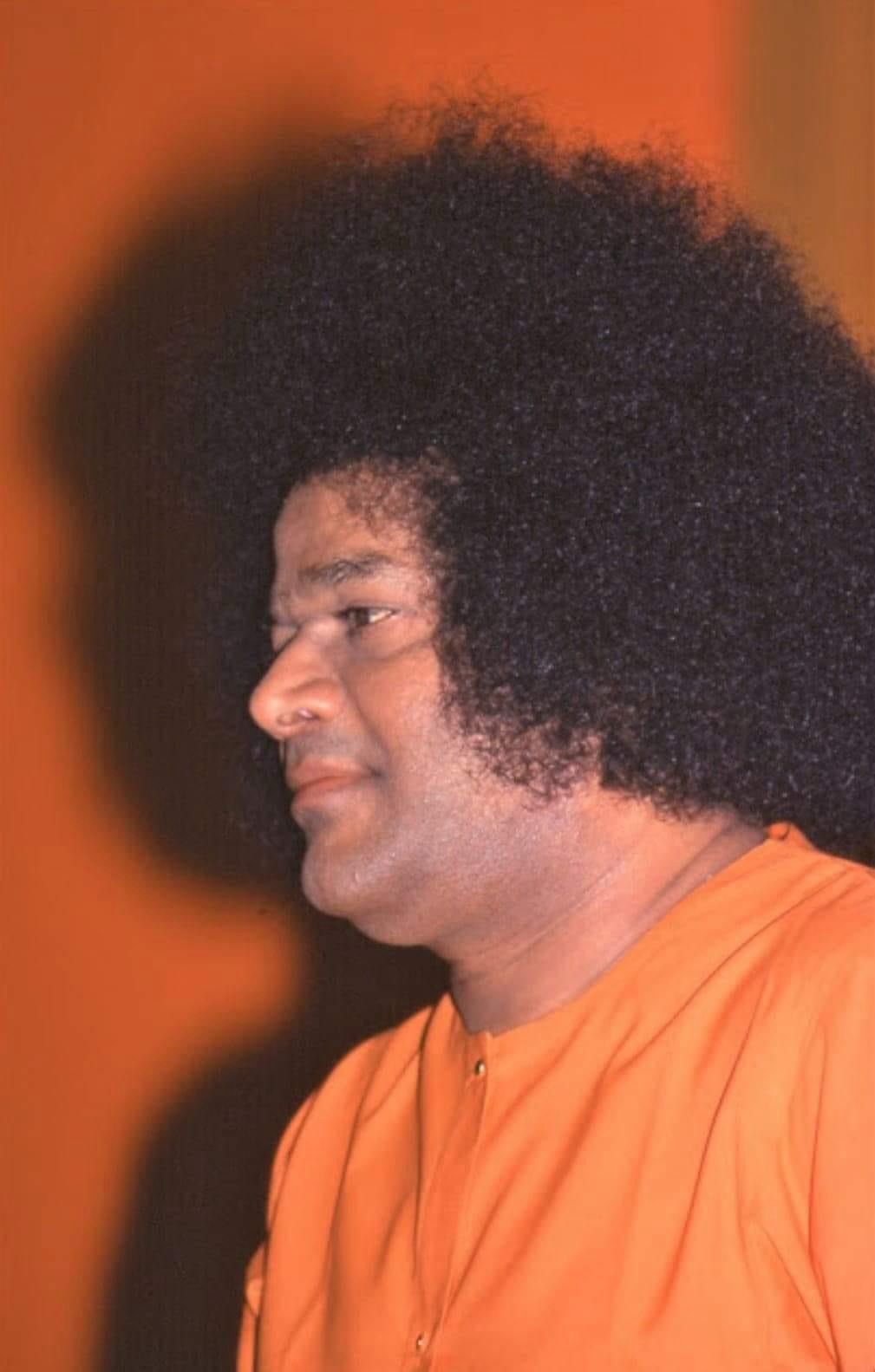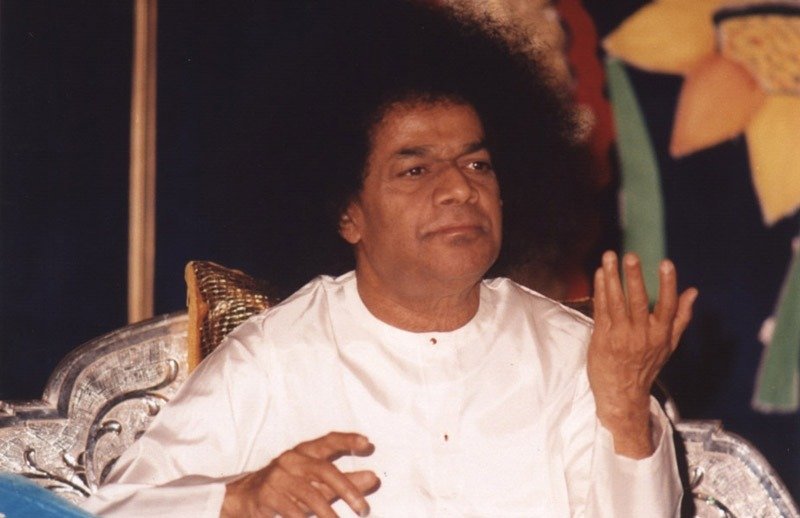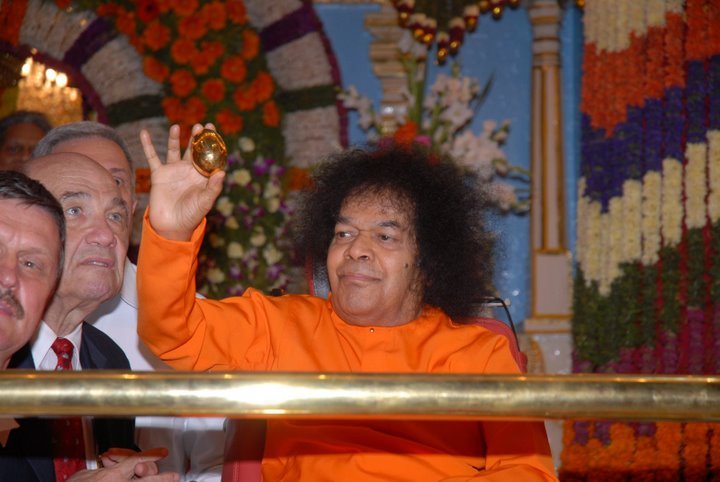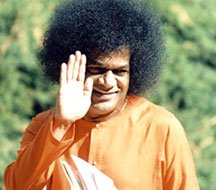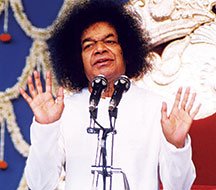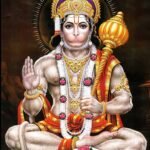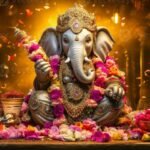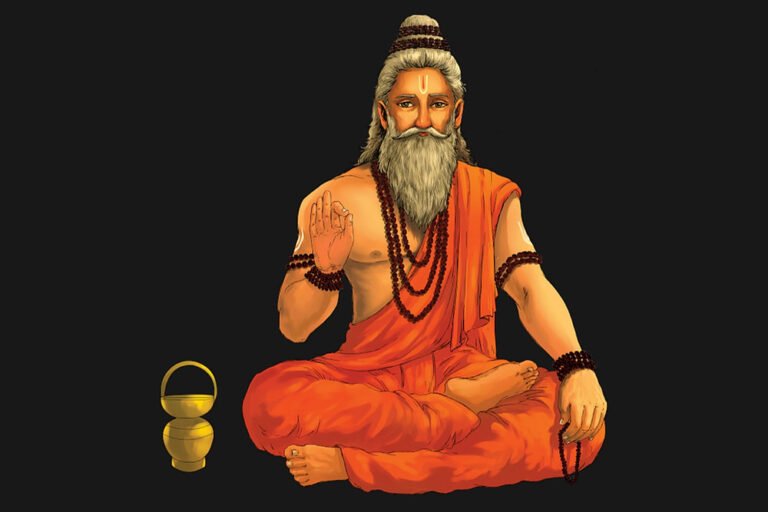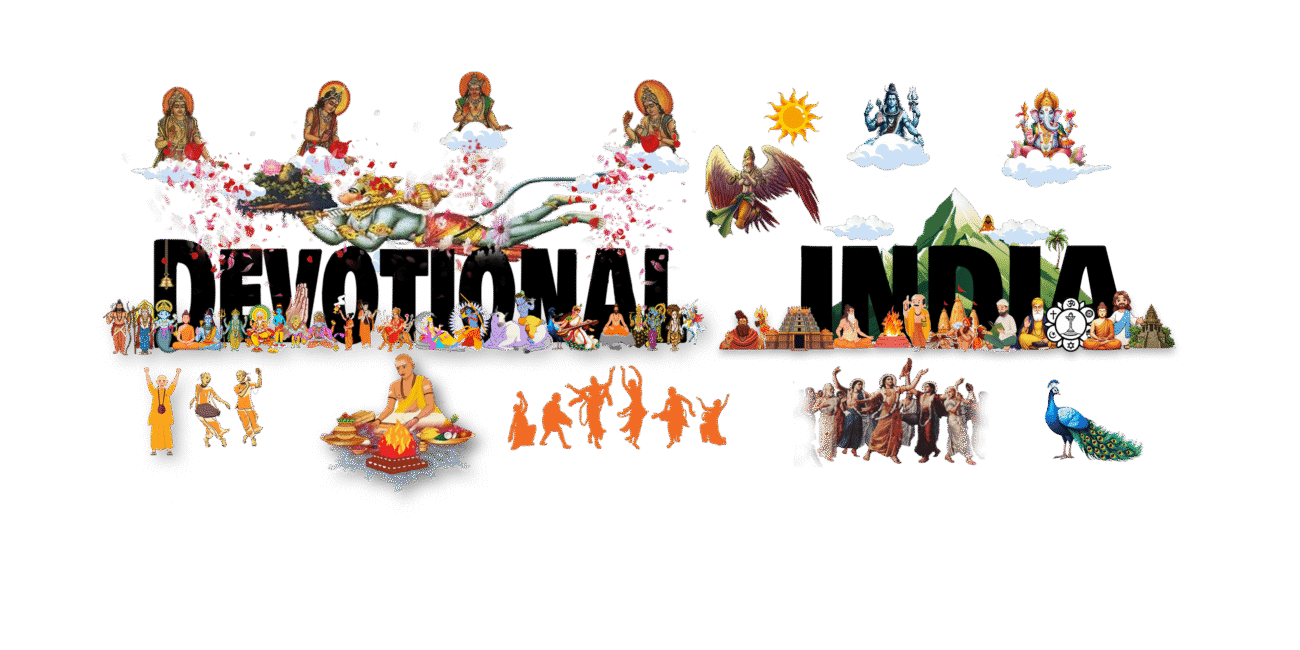Rishi Gautama

Rishi Gautama.
Gautama Maharishi (Hindi: ÓżŚÓźīÓżżÓż« Óż«Óż╣Óż░ÓźŹÓżĘÓż┐) is one of the Saptarishis (Seven Great Sages Rishi of the current Manvantara (seventh) [1]. He was one of the Maharishis of Vedic times, known to have been the discoverer of Mantras — ‘Mantra-drashtaa’, in Sanskrit. The Rig Veda has several suktas (Sanskrit: ‘hymns’) that go with his name. He was the son of Rahugana, belonging to the line of Angiras. The Devi Bhagavatam says that the river Godavari is so named because of its association with Gautama. He had two sons by name Vamadeva and Nodhas, both themselves discoverers of Mantras. There is a hymn called Bhadra in the Sama Veda which again is ascribed to Gautama Maharishi.
Personal life.
His wife is Ahalya, herself the ‘mind born daughter’ (Sanskrit: manasa putri) of Creator Brahma. The Puranas speak of the story wherein it is described how Gautama won the hand of Ahalya by circumambulating the divine cow in order to fulfill the stipulation of Brahma that whoever first goes round the whole Earth will win the hand of Ahalya. The ‘chief priest’ (Sanskrit: Purohita) of King Janaka of Mithila, by name Shatananda, was the son of Gautama and Ahalya. Gautama’s sixty-year long penance is mentioned in the Shanti parva of the Mahabharata. The Narada purana describes the story of the 12-year famine during which Gautama fed all the Rishis and saved them.
Gautama was one of the famous seven rishis termed Saptarshi. He was the progenitor of the Gautama gotra. He was the son of Rahugana.


Legends.
The descent of Lord Shiva as Tryambakeshvar, that constitutes the source of the Jyotirlinga nearby, happened for the sake of Gautama. The Brahmaanda-purana mentions that one of the sub-branches of the Raanaayani branch of Sama Veda was initiated by this Gautama. Some famous disciples of Gautama were Praachina-yogya, Shaandilya, Gaargya, and Bharadwaja.
According to the Ramayana, Rishi Gautama once went to take bath in the river Ganges early morning. The king of the devas, Indra, was fascinated with Gautam’s wife, Ahalya. Indra came in the form of Gautam and made love to Ahalya. As he was escaping, he was caught by Rishi Gautama who was returning to the Ashrama from his bath. Gautam cursed Ahalya and Indra both for this act. Ahalya was converted to stone, while Indra was cursed with one thousand female genitals (Sahasrayoni). Later, taking pity on both, Gautama converted both these curses to boons. Indra’s female genitals (yonis) became eyes, and he came to be known as Sahasraaksha. As for Ahalya, Gautama granted her the boon that she would be brought back to human form by the touch of the feet of Lord Rama and would reunite with him.
Akß╣Żap─üda Gotama, the 2nd century founder of the school of philosophy that goes by the name of ‘Nyaya’ (Logic), is not to be confused with Gautama Maharishi.
Gauatama was also the author of Dharma-sutra known as Gautama Dharma sutra [2] [3] It is in fact the earliest Dharma Sutra. It contains 28 chapters with 1000 aphorisms. Almost every aspect of the observances of Hindu dharma – including the rules for the four Ashramas, the forty sansk─üras, the four varnas, kingly duties, the punishments for various offences, the obsequies for the dead, do’s and don’ts of food consumption, the dharmas of women, the rules for Praayaschitta (atonement for sins), and the rules of succession of property. In this sense Gautama’s Dharma Shastra may perhaps be considered the oldest law book of the world.
When the battle of Kurukshetra was going on, Dronacharya took over the commandership of the Kaurava army and got ready to destroy the entire Pandava army. At that point, Gautama entered the battle field, addressed the Drona, “stop the killings and give up arms. You are fighting a battle against your Varn-ashram dharma. Embrace death and go to heaven”. Drona, giving respect to the words of these sages, gave up his arms and left the battle field. As advised by sage Gautama, he went to heaven by the Yogadharana way.
Later on after Rama returned after killing Ravana Vaishta conducted his coronation ceremony. Sage Vasishta took great care and interest in the welfare of the royal family of ayodhya and the smoothrunning of the administration of the kingdom of Ayodhaya.
Sage Gautam used to travel all over the world with the intention of helping people. Sage Gautam had mastered the great Savitri Mantra. Sage Gautama was the one to whom the great Vyahrthimanthra ‘Janah’ was revealed. He was a great Tapasvi. He was devoted to God and a generous host. The Narada Purana describes the story of the 12-year famine during which sage Gautam fed other sages and saved them. Once the country was reeling under a great famine, but owing to the virtue of Sage Gautam, his ashram dwellers had not experienced the calamity. Thousands of sages took refuge in his ashram. Sage Gautam welcomed everyone with open arms and played host to them. The famine continued for years, but Gautam offered them great hospitality.
.

He is very famous for various stories. Two of them are prominently known to the world ŌĆō the creation of the Godavari river and the curse of Ahalya. Let us first understand the story of the Godavari riverŌĆÖs creation.
Kotirudra Samhita in the Shiva Purana describes the story of the Godavari riverŌĆÖs creation. On the Brahmagiri mountain, the mind-son of Brahma, Gautama Maharishi was engrossed in penance and meditation. There was a drought in that area for a hundred whole years and hence crops could not grow there. For the goodness and wellness of the residents of that area, Gautama Maharishi started meditating in a direction to impress the god of the ocean, Varuna.
Varuna appears to Gautama after six months of his penance. Varuna denies the request of Maharishi Gautama as it would be against the wishes of the other gods who have made this happen in the area.┬Ā
Source: mythoworld

